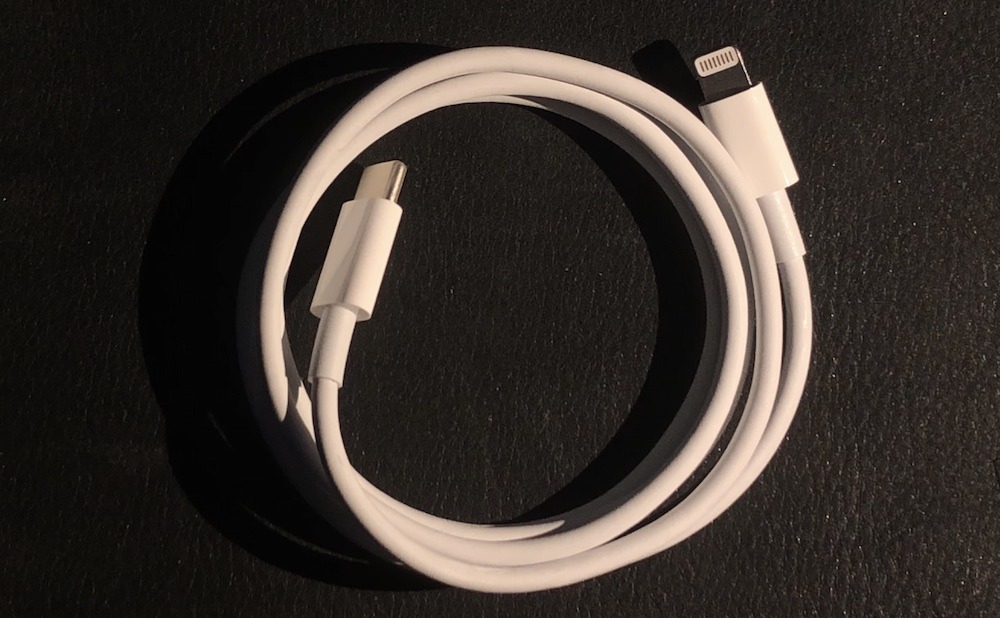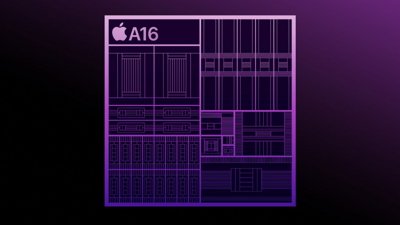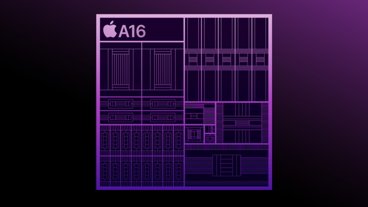Apple's new iPhone 8 supports new Qi wireless charging pads as a wireless convenience, but if you're in a hurry to recharge, you'll want to plug it in to take advantage of the significantly faster charge you can get using a standard 10 or 12 watt iPad adapter. New to iPhone 8 is an even quicker "Fast Charging" feature that uses the 29 watt USB-Power Delivery specification associated with USB-C and USB 3.1 to get you from zero to 50 percent in 30 minutes.
Out of the box, Apple continues to ship its latest iPhones with slow, square 5 watt USB chargers that are no faster than Qi wireless charging. The larger USB power adapters that ship with iPads (and sell separately) deliver 10 to 12 watts, and these can be used to safely recharge any iPhone significantly faster.
As with 12.9 inch and 10.5 inch iPad Pro models, the latest iPhone 8 and 8 Plus (and upcoming iPhone X) can make use of Apple's 29 watt USB-C MacBook power adapters (or the 61W or 87W USB-C power adapters that ship with new MacBook Pros) via Apple's USB-C to Lightning cable to charge at 29 watts (14.5 volts at 2 amps).
Note that this (rather expensive, $25) cable is designed specifically to accommodate the USB-PD 29 watt charging standard. Third party USB-C adapters may support USB-PD, but they aren't required to as part of the USB-C or USB 3 specifications. Similarly, third party cables with a USB-C port on one end and Lightning on the other don't necessarily support USB-PD, even if they do work fine for regular USB data sync and basic 10 to 12 watt charging.
Along the same lines, if you use a standard Lightning cable with a USB-C to USB-A adapter, even Apple's 29 watt charger will only support basic (non-PD) 12 watt charging (5.2 volts at 2.4 amps). This is not a conspiracy; the cables involved must all be designed to support the higher power distribution of USB-PD, not simply offer a physical chain of connections.
Also note that it's only the wall chargers that support USB-PD; anything you plug into your USB-C MacBook ports (even with a USB-C Lightning cable) will still charge at the same (non-PD) 10 watts as other modern Mac USB ports (5.2 volts at 2.1 amps).
That's also why you can't recharge a MacBook Pro daisy-chained to another MacBook via a USB-C cable; the new USB-C MacBooks use the same USB-PD specification to charge but can't deliver (or pass through) enough wattage to charge another USB-PD device.
Plugging in your iPhone into an older Mac or PC may deliver USB power even slower at around 2 watts (5v at 0.5 amps), which is the actual specification for USB 2.0. Starting with Macs from around 2011, Apple began providing additional (up to 10 watts) charging power than the spec allowed to devices that can handle it.
Whether you opt for the effortless Qi pad or a fast USB-PD cable, the total cost is going to be somewhere around $30-70, so it boils down to a choice between not having to poke in a cable and not having to wait for hours. It seems like Apple should at least include a 12 watt adapter with its premium priced iPhone 8 models, and should also make it a little easier for users to understand how fast their devices are charging and why (there's no indication in iOS that shows if you have achieved Fast Charging).
On a side note: Qualcomm Quick Charge is an proprietary protocol that is built into the Snapdragon SoCs used in many premium-priced Android phones, and is often cited as an advantage of Android reviews. It claims to support even faster charging than USB-PD, but it does this by modifying Vbus voltage levels and pin assignments of USB ports, creating new incompatibility issues between chargers and cables that "look like USB."
Google itself is strongly recommending its Android licensees against adopting Quick Charge rather than using the same USB-PD standard that Apple has used in its new MacBooks, iPad Pros and now iPhones.
 Daniel Eran Dilger
Daniel Eran Dilger







-m.jpg)






 Andrew Orr
Andrew Orr
 Wesley Hilliard
Wesley Hilliard

 Oliver Haslam
Oliver Haslam
 Christine McKee
Christine McKee
 Amber Neely
Amber Neely








20 Comments
I've been a big fan of Anker's 5-port desktop USB-A chargers and was planning on buying one of their USB-C ones, but their site says that it's not compatible with USB-C/Lightning cables even though they're capable of charging USB-C MacBooks. I'm puzzled over what the technical limitation is.
I would guess 29 watts vs 10 or 12
Hi, have you guys tested that it actually charges at 29W? There's a good reason no Android phone charges at anything close to that rate, especially for an extended period of time, even though there are a bunch of different standards on Android, none does more than about 20W. The Pixel XL "only" does 18W, and the smaller Pixel, 15W. And Android phones generally have larger batteries too.
Just from a glance at the quoted rate of 50% in a half hour, doesn't square off with the measured rate of about 34% in the same time for an iPad pro 10.5, whose battery is over 4.4 times as large. (see http://forums.whirlpool.net.au/forum-replies.cfm?t=2641585). That measurement is consistent also with my experience with the iPad pro 12.9 charging at 29W measured with an USB-C meter.
"
Totally agree with this statement. When we're shelling out $700 and up for a premium phone (That Apple is already making a handsome profit on,) it seems like including a decent charging brick shouldn't be too much to ask.
I'm just waiting for some Android device makers to adopt the Qualcom protocol with the modified USB standards - what a gawdawful mess that could turn out to be!
How about some links and part numbers of the cables and power supplies. Keeping this all straight is becoming so complicated.
My question is does any 12 watt USB-A charger work using the cable in the iPhone 8 box to give the faster charge.
Also how long does it take to charge on 5W, 10W and the 29W with the special cable.